Printed in the U.S.A.
Baroque visual rhetoric / Vernon Hyde Minor.
Includes bibliographical references and index.
1. Arts, Baroque Italy. 2. Arts, Italian 17th century. 3. Arts, Italian 18th century. 4. Aesthetics, Modern 17th century. 5. Aesthetics, Modern 18th century. 6. Art criticism History. I. Title.
This book has been published with the assistance of the Research Board of the University of Illinois, Urbana-Champaign.
University of Toronto Press acknowledges the financial assistance to its publishing program of the Canada Council for the Arts and the Ontario Arts Council, an agency of the Government of Ontario.
Acknowledgments
No writer stands alone. There are myriads of texts and a plenitude of sharp, critical minds forming the congregation within which writers and scholars work. Our colleagues inspire us, while the system of higher education provides us with an institutional framework for our thinking, our teaching, our discussions, and our writing. It probably is impossible to sort out where ones contributions begin and end: no single person owns an idea or an area of study, a topic or a topos. We are all in this together.
Having said that, of course, I still must (and very much wish to) acknowledge specific friends, colleagues, and institutions. First of all, my wife, Heather Hyde Minor, to whom I dedicate this book, has been by my side throughout the time I worked on these essays. As a highly productive scholar herself, she understands the discourse of critical writing and therefore has been unfailingly helpful to me. Her ways of assisting and encouraging are too many to describe. I hope my dedication conveys a true sense of obligation, love, and appreciation.
As for institutions, there are many to thank. First of all, the places where I have taught the University of Colorado at Boulder and the University of Illinois, Urbana-Champaign have aided my research and writing with funding and encouragement. I especially wish to thank the Illinois Campus Research Board for its support. The Ricker Library of Architecture and Art at the University of Illinois stands with the finest art libraries in the United States. Its director emerita, Professor Jane Block, shared her vast bibliographic knowledge with me and provided assistance in more ways than I can enumerate. Also unfailingly helpful is and has been Christopher Quinn, interim head and assistant architecture and art librarian.
When in Rome I have had the pleasure of reading in the Bibliotheca Hertziana, ably directed by Elisabeth Kieven and Sybille Ebert-Schifferer, both of whom I thank for their administration of an extraordinary institution. It is the best library for post-classical and pre-modern art in Italy. I also have been helped in a number of ways by Ornella Rodengo, who is in the Directors Office at the Hertziana. For her assistance in finding an image in the Muse Grenoble (France), I thank Sylvie Portz.
The American Academy in Rome, housed in a grand McKim, Meade, and White building on Romes Janiculum Hill, has supported me in many ways. I especially wish to thank Lester Little, Carmella Franklin, Christopher Celenza, and Pina Pasquantonio. In association with the American Academy, I also express my gratitude to the National Endowment for the Humanities for their support and funding of an NEH Summer Seminar I directed at the American Academy in 2011. In that seminar I met and worked with scholars of sparkling wit and impressive backgrounds. One and all provided me with ideas that helped in the formation of this text.
I also thank Giancarla Periti, John Senseney, and Jeffery Geller, who have read large swathes of this text and have provided very useful and encouraging comments.
When working at the Library of the Sterling and Francine Clark Art Museum and Institute, I was assisted by the very able and endlessly helpful librarian Valerie Krall and was helped in many ways by Michael Ann Holly, Keith Moxey, and Michael Conforti.
Most recently I was fortunate to be a Resident Associate at the National Humanities Center. I thank the Fellows and Residents, generous and entertaining scholars with whom I was able to share my ideas while learning much from theirs. I thank especially Geoffrey Harpham, Director and President, and Elizabeth (Cassie) C. Mansfield, Vice President for Scholarly Programs. The NHC in the Research Triangle Park, North Carolina, is a national treasure.
Finally I thank two people at the University of Toronto Press: Ron Schoeffel and Suzanne Rancourt. When I first approached Ron about my text, he responded with a long message, both cautionary (we all know the uncertain state of academic publishing) and reassuring. Although I never met him in person, just the same I experienced Rons generosity, which shone through his frequent communications with me and his enthusiastic support of my project. Since Rons death, I have been ably and encouragingly assisted by Suzanne Rancourt, editor at the University of Toronto Press.
All translations are mine unless otherwise noted.
Baroque Visual Rhetoric
Vernon Hyde Minor
University of Toronto Press
Toronto Buffalo London
Whilst we deliberate how to begin a thing, it grows too late to begin it.
Marcus Fabius Quintilian
Introduction
What follows are essays that in no way claim either individually or aggregately to be a systematic treatment of what I am calling baroque visual rhetoric. On the whole my fascination lies with well-known works of European art, especially Italian, in the seventeenth and eighteenth centuries. These paintings, buildings, and sculptural ensembles have held me in thrall for decades. From the first time I walked into a museum, through my first day in an art history class, to the present day, I have felt riveted before works of art, have had that unshakeable sense not just of vita breva, ars lunga but that some profound tale, some essential truth lay mute within certain (but not all) paintings, buildings, and statues. I first grasped this as an intuition. I make no claims to having discovered something new or profound; I wish only to put into words what has come to me after all those moments when I have been shaken to my core or moved into other worlds.
I represent my writing as essays, calling upon an early-modern form of discourse. Following Francis Bacon, I read mostly Italian art of the seventeenth and eighteenth centuries not to contradict and confute; nor to believe and take for granted; nor to find talk and discourse; but to weigh and consider. By writing about his beliefs, Michel de Montaigne (153392) coined the word essais for literature; he was by turns endeavouring, testing, and attempting to know himself.
My challenge has been to write about works of art, weighing and considering, assessing and evaluating things and situations. There is nothing conclusive about an essay, nothing summed up or neatly packaged. One does not discover the essence or baroqueness of seventeenth- or eighteenth-century art. There is no process of distillation and in all likelihood no aha! moment. What seem to emerge from essaying ideas are inconclusiveness, somewhat messy comparisons, not altogether related occurrences, inevitable contradictions, and no very general sense of an ending. Images, objects, and monuments long precede their evaluation and tentative analysis. In the preface to his

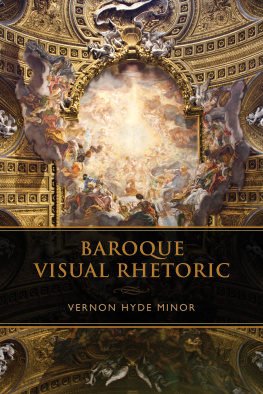

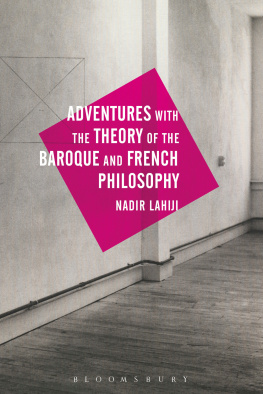


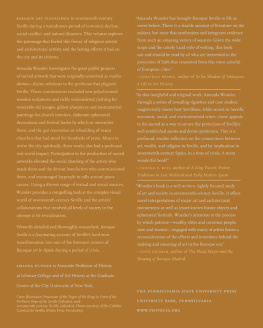
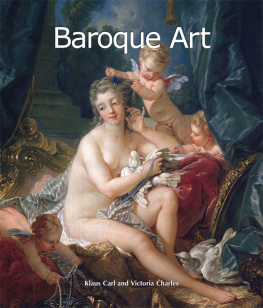
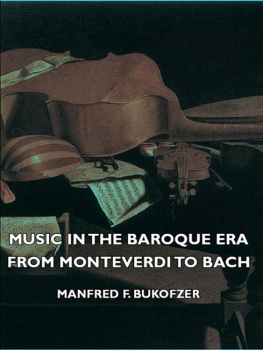
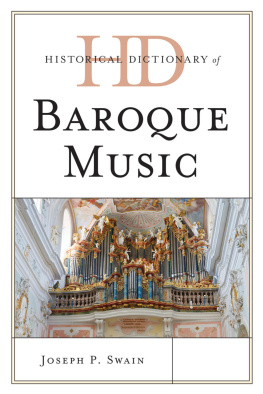
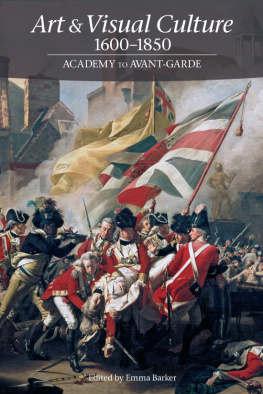
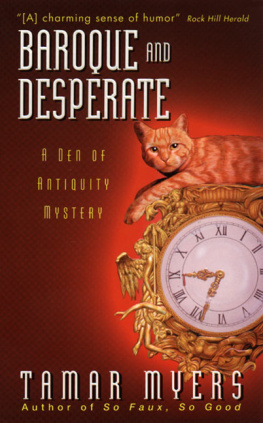
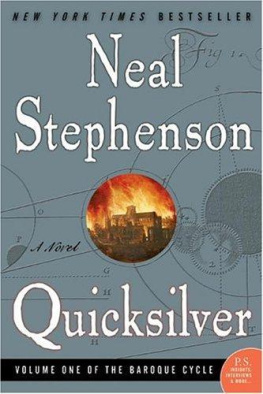
 Printed on acid-free, 100% post-consumer recycled paper with vegetable-based inks.
Printed on acid-free, 100% post-consumer recycled paper with vegetable-based inks.